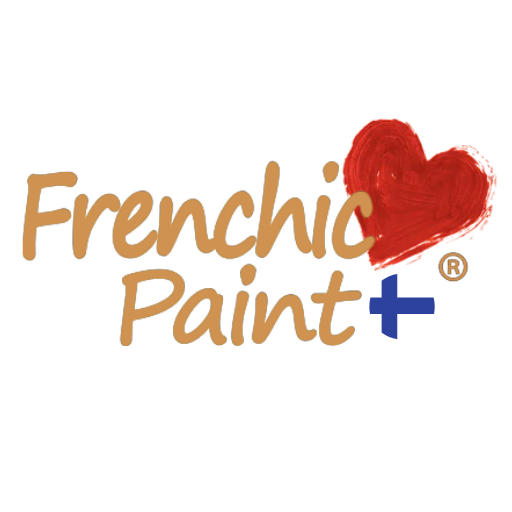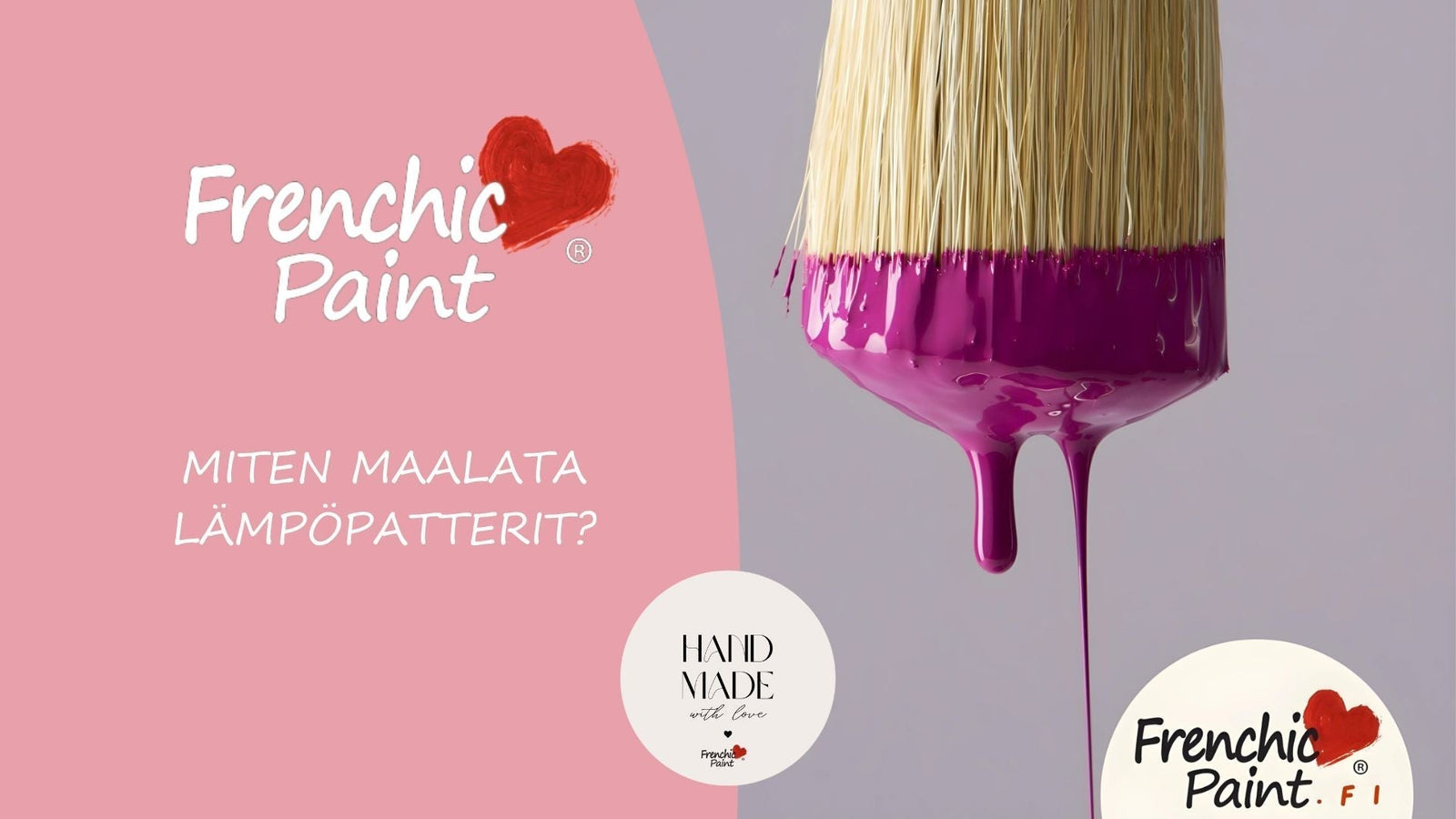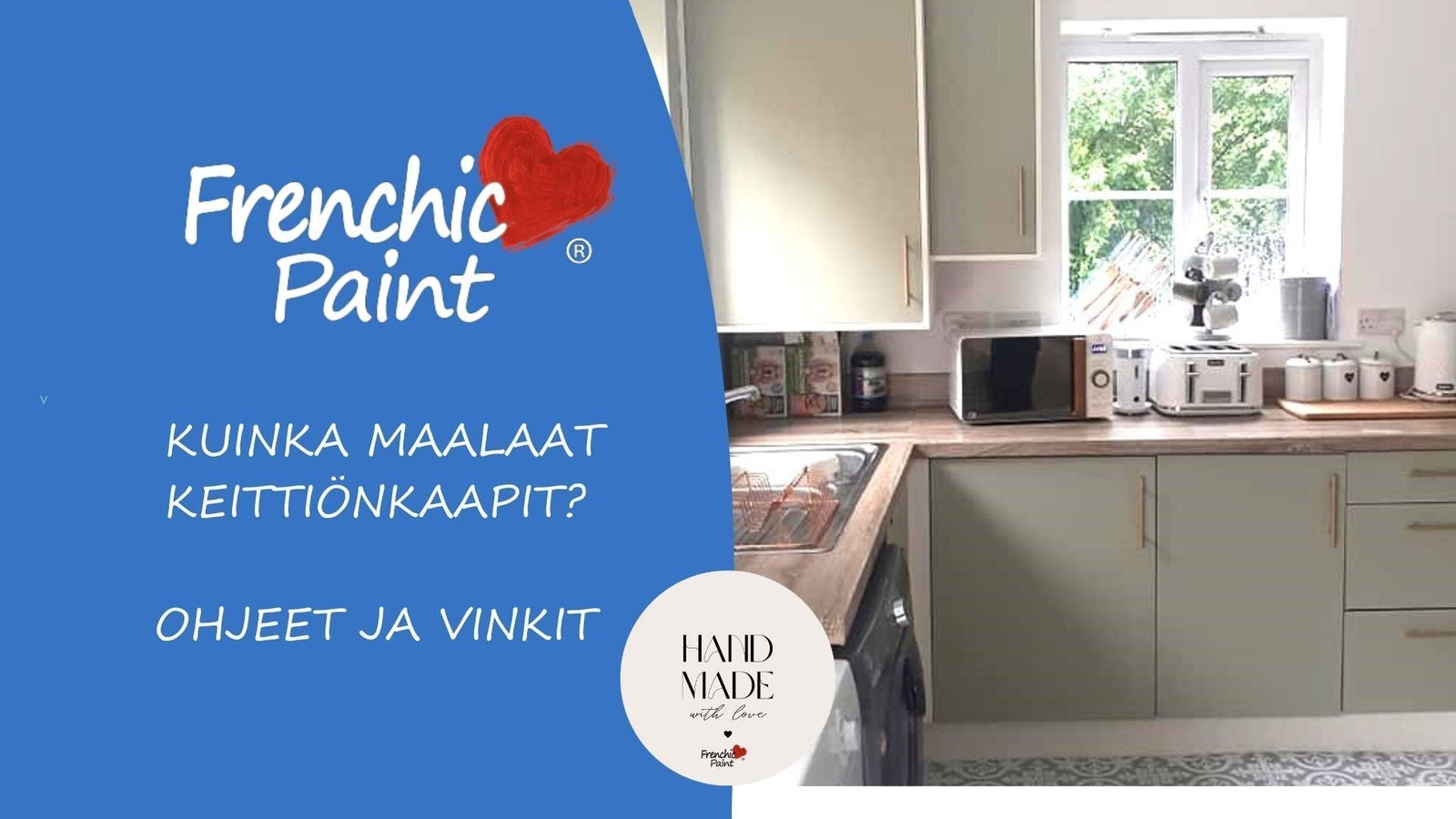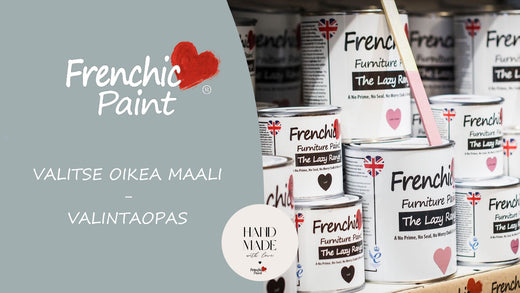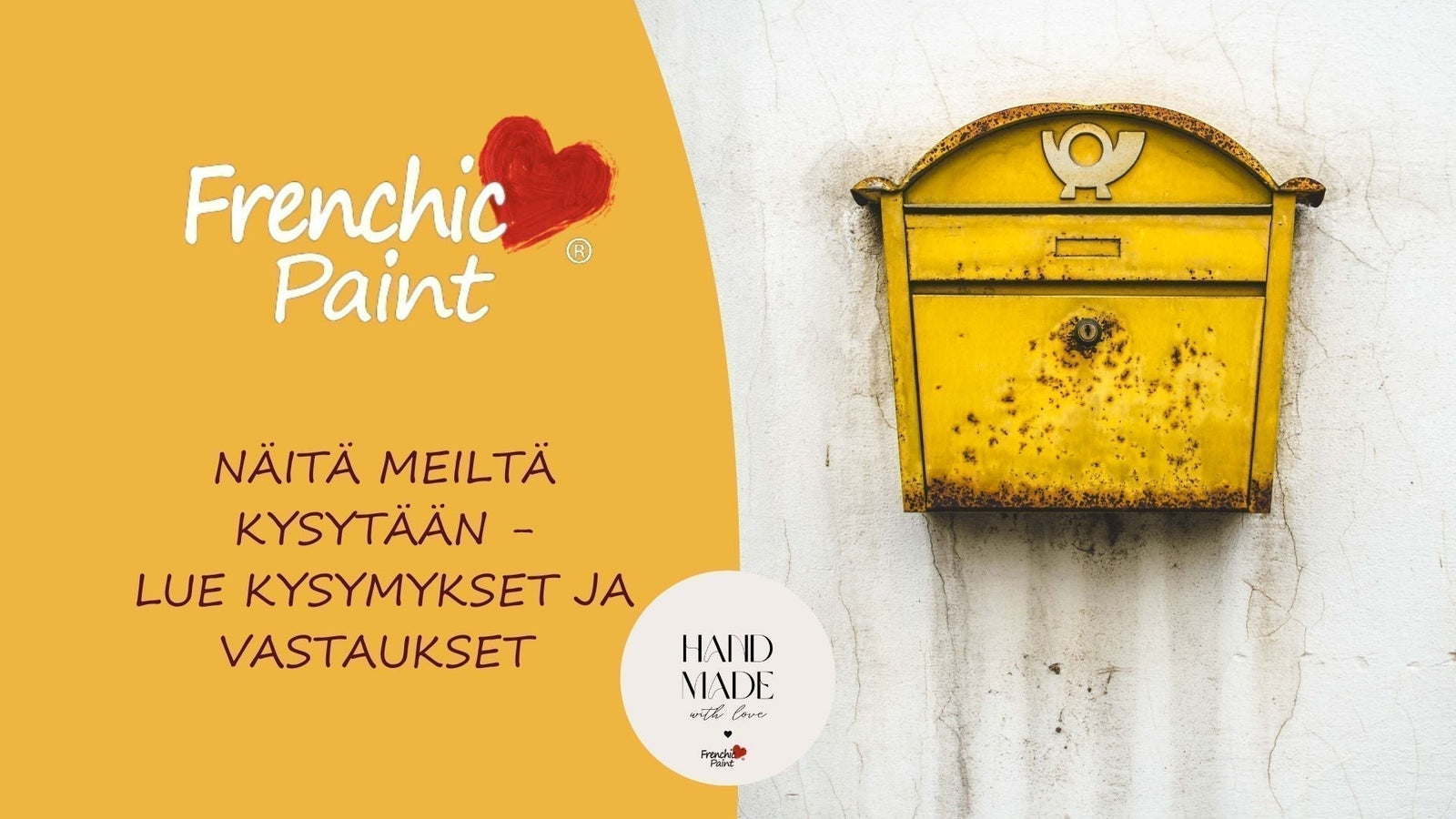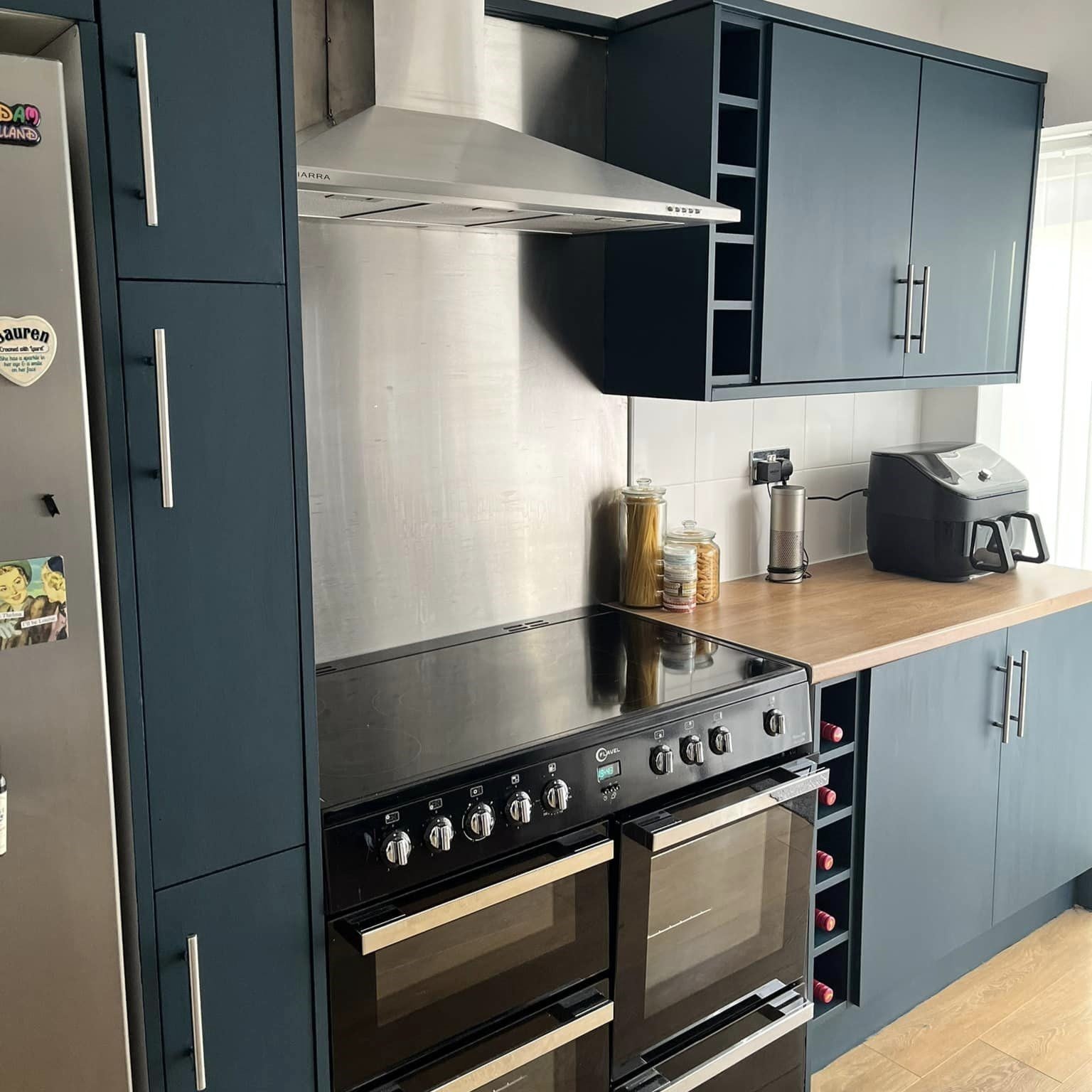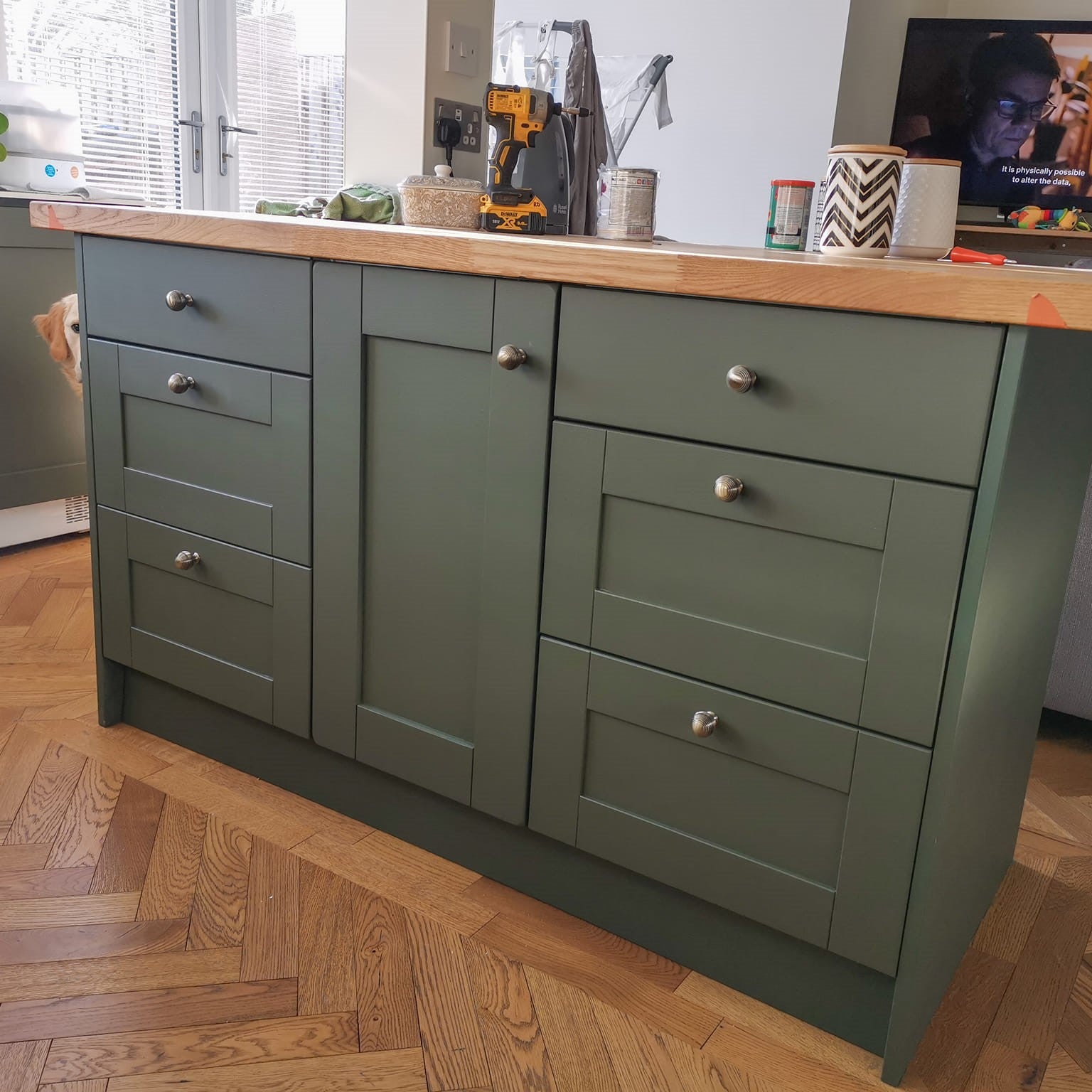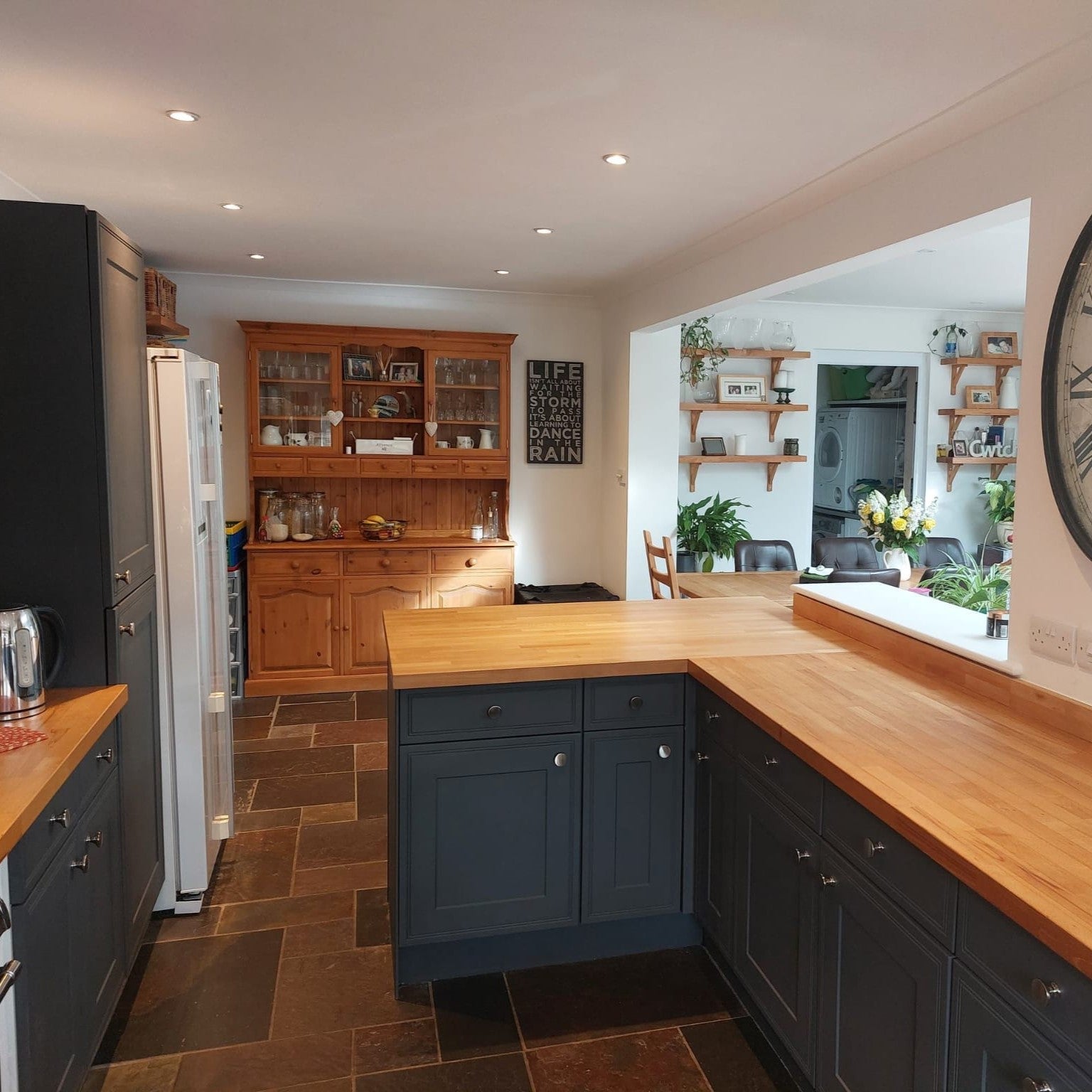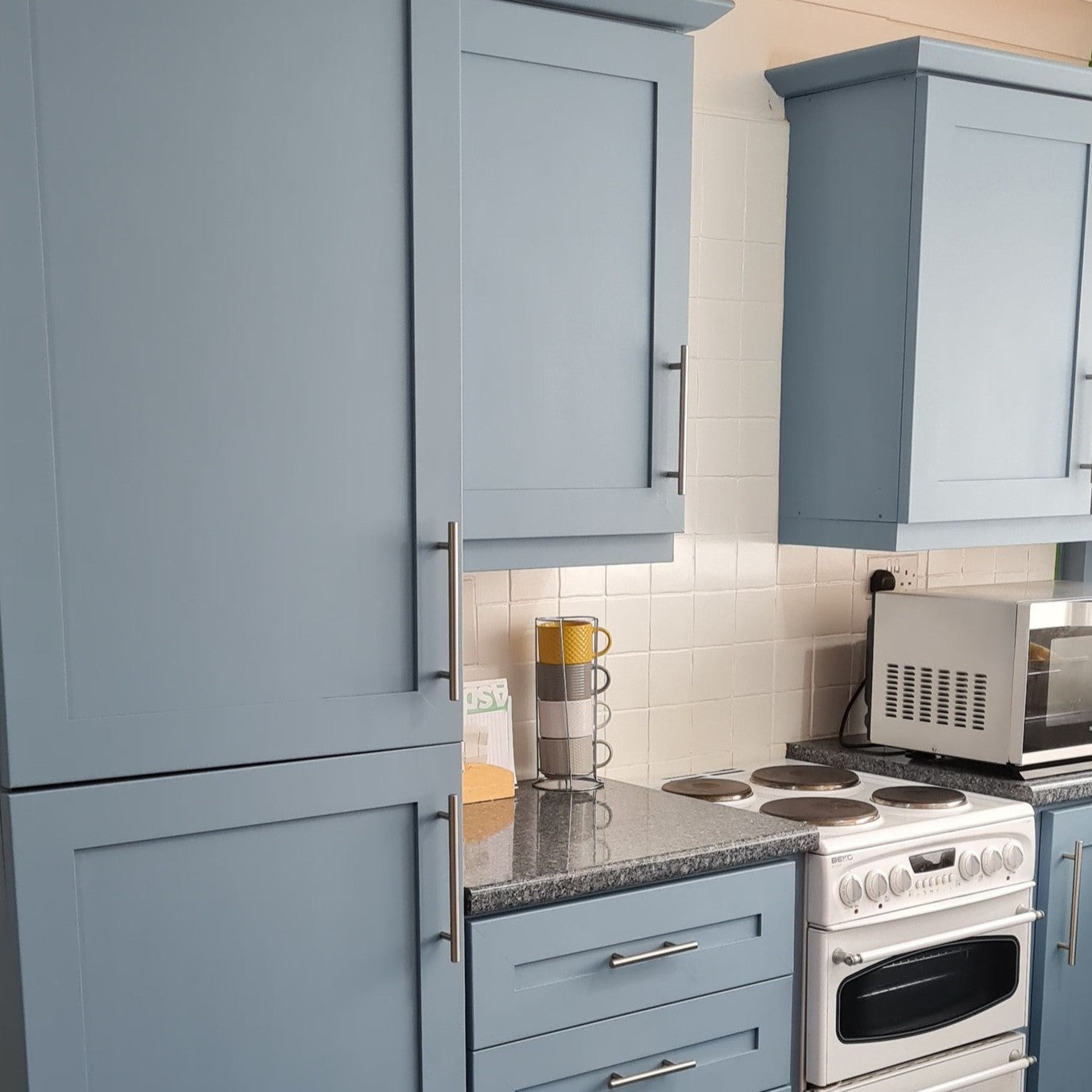How to paint radiators or a masonry heater?
A water-circulated radiator no longer has to be yellowed and dirty white in your otherwise beautiful home.
Painting radiators is quick and easy. And best of all, there is a wide range of options when it comes to choosing the type of paint and color.
Read here easy and useful painting instructions for painting a metal radiator.
If you are considering painting another heated surface, such as a metal-clad wood stove, read the instructions to the end.
Non-yellowing Frenchic paint is the perfect choice for painting radiators. Water-based Frenchic paint withstands about 75-85 degrees heat and you have wonderful shades at your disposal to make radiators beautiful again and better suited to your interior.
What kind of paint should I choose for painting a metal radiator?
Old radiators have often originally been white.
Depending on the paint, the color may have yellowed badly over the years and is no longer clean and fresh. An old radiator always stands out when other surfaces and home spaces around it are improved - a new piece of furniture is acquired, wallpapered, or painted.
Fortunately, paints have also evolved. The Frenchic series offers many more options for how radiators can be treated in interior design.
The simplest approach is to use a paint that does not require primers and results in a durable surface. It must also be ensured that the paint you choose is suitable for metal and can withstand heat.
Choosing a water-based paint with low VOC content and low odor makes application pleasant and is a more environmentally friendly option. On the other hand, chrome-plated radiators and towel rails are generally not suitable for painting.
If your radiators have a powder-coated surface treatment or have been previously painted, you can choose a new shade from these Frenchic series:
Trim Paint - semi-matte
Al Fresco- matte
Frensheen - metal shades
Frenshimmers - metal patina shades
Highlight or conceal
It's also worth considering whether you want to paint the piping. Matching radiators and piping can create a more unified look.
Or add contrast with different colors. As above, another option is to renew the piping with Frenchic metal paints. A copper-colored radiator is a stunning interior element!
If you paint bare metal, such as copper pipes, and have chosen the Trim Paint shade, a suitable metal primer is needed (other Frenchic series do not require a primer).
How to paint radiators?
Next, we move on to the painting process.
First, it is best to turn off the radiator completely several hours before starting painting so that the surface cools down before painting - preferably already the day before. Painting radiators is best scheduled outside the heating season.
1. Clean, 2. roughen, and 3. paint...
Before painting, remember to clean the radiators with Sugar Soap or another detergent and treat any rust spots.
Tape and protect the thermostat and bleed valve. You can lightly paint them afterwards with a small brush so that they can still be opened/closed.
Lightly sand to get good adhesion for the paint and remove any peeling paint. Finally, wipe off the dust and paint directly according to the paint can instructions. Follow the direction of the fins or panels, which usually run vertically.
After you have painted the required number of coats, it is important not to turn the radiators back on. Let the paint dry calmly for at least 48 hours, so either turn off the radiator you painted or do not turn on the heating. Too hot a surface can ruin the paint surface and disrupt the drying process, affecting durability.
Also note that when painting bathroom radiators, moisture can interfere with the drying process. If there is moisture in the room air, you need to keep the area well ventilated for a few days.
What is the best color for radiators?
Gone are the days when white was the only option for radiators. This traditional color has meant that radiators have always stood out from any wall that is not white itself.
Because of this, radiator covers have also become the best option for anyone who wants the radiators to blend better with the interior.
Although radiator covers can look good, they also have their downsides. They tend to reduce airflow and heat transfer, which hinders the radiators' ability to heat the room. They also take up space and can be expensive compared to other options.
Here are a few ways you can make the radiators work in your space by painting them...
Blend the shade with the wall colors
You get a seamless look by blending the radiators with any wall color - remember, white is no longer the only option!
Choose wall paint from the Chalk Paint series and radiator paint from the Trim Paint series, both in the same shade, but with a slight difference in gloss level, creating a beautiful, interesting, and finished overall look.



In the picture, the space in the living room before and after painting the radiator. Shade: Moleskin, Trim Paint. Wall paint: Stone in Love, Chalk Wall Paint
Contrast colors
Alternatively, you can make the radiator part of your interior and make it stand out with a strong contrast.
If you want to add character, a simple wooden shelf above the hallway radiator is practical – and it can even increase the radiator's efficiency.
If you want to go somewhere between these two ideas, you can combine them: pick the radiator shade from wallpaper, carpet, or curtains. In the picture, the shade is Smudge from the Al Fresco series.

Bring the heat!
With Frenchic, you can freely paint your radiator however you want, and you have several different colors and finishes available.
You can choose a very matte surface with Chalk Wall Paint wall paint, a soft satin Trim Paint, or a smooth matte Al Fresco or Lazy Range shade.
Next time you paint walls, also paint that radiator, not white, but in the same wall paint shade, so the result is polished and stylish.
The radiator in the picture is painted beige with the Salt of The Earth shade from the Lazy Range series.


Stick to a solid color or be creative with metallic shades
Be sure to check how others have painted radiators in our Facebook group! Whatever your choice, you will enjoy minimal preparation work, high-quality paintability, and a durable finish!
Official recommendation for painting other heated surfaces
Generally, all water-based paints, like Frenchic paints, withstand about 85 degrees Celsius heat.
If you are considering painting another heated surface, such as a metal-cased stove, measure the temperature of the surface before starting to paint.
It depends on the stove heater how hot the surface gets – you can measure that yourself with a thermometer.
Photos and experiences of ovens painted by our customers can be found in the Facebook group
Painting instructions briefly: schedule painting outside the heating season, do not paint warm surfaces.
Heating the surface while painting causes the paint to dry too quickly and affects many things: adhesion, durability, and appearance: the paint surface may crack if it dries too fast.
The self-leveling property of Frenchic paints won't manifest if you paint a warm surface – in this case, the result may quickly show brush marks or similar from the dried paint.
The stove door area is certainly the hottest and dirtiest, so it's worth being careful with its cleaning. If the stove door rattles and doesn't close tightly, the new paint surface will also burn and get sooty quickly again.
After painting, let the paint dry calmly and start heating no earlier than 48 hours later, moderately.

